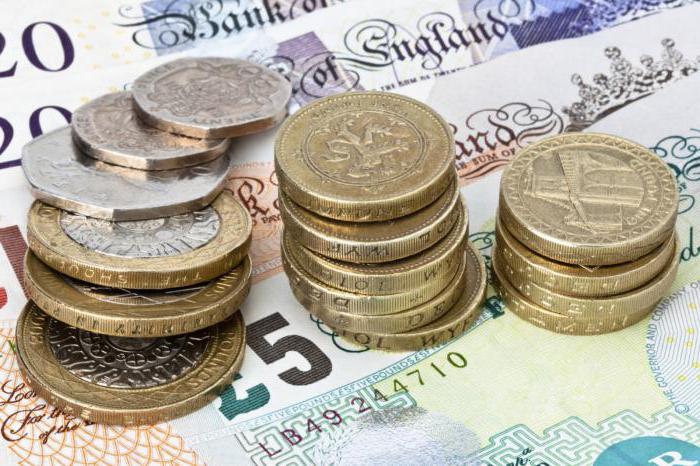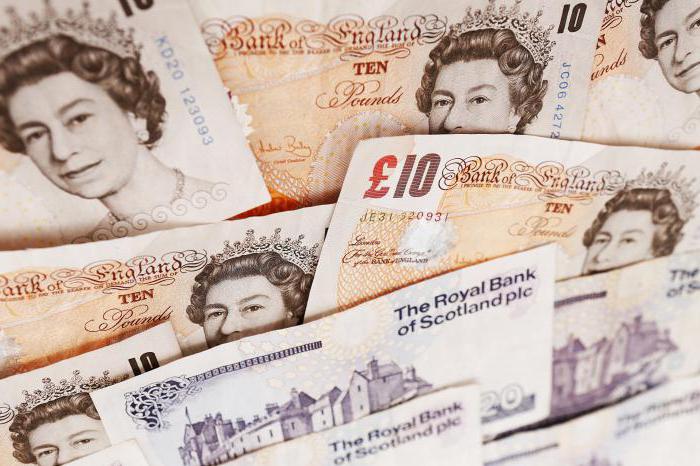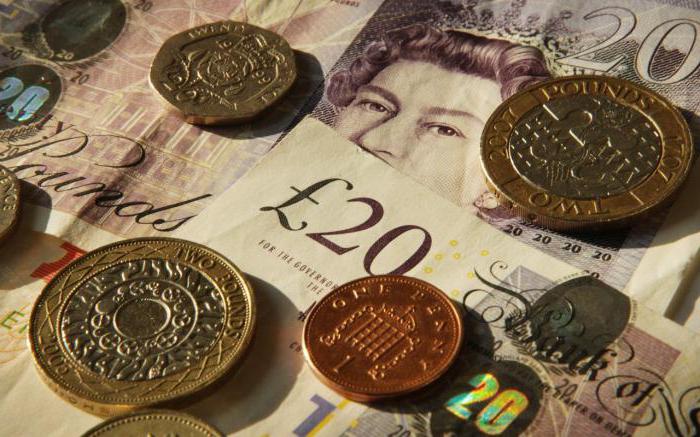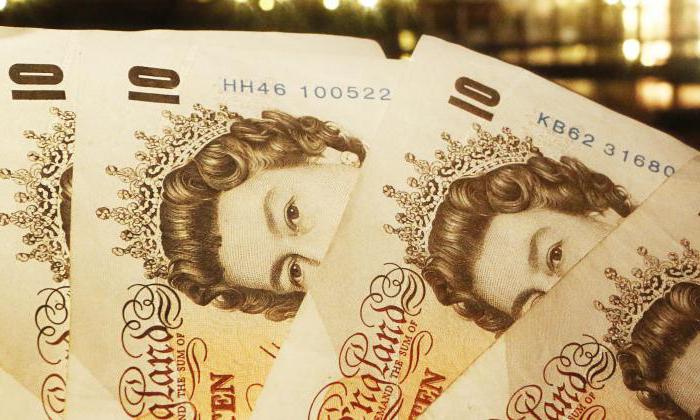Despite the fact that such extensive use as, for example, the American dollar or many other currencies of other countries that have significant influence in various regions, the British currency does not currently have, this does not mean that its value has fallen. As before, it is valued not only within the borders of this state, but also widely distributed throughout the European Union.
Currency history
The name of the currency "pound sterling" has several interpretations. The most popular and most realistic is the reference to the old silver English coin, which was called sterling. The fact is that in accordance with the rules 240 of these old coins were supposed to weigh about 350 grams, which is one pound. When it came to any large-scale purchases, sterlings were measured by weight, which was quite convenient. On the other hand, the same system was used to protect against fakes: if the weight of 240 coins is more or less than one pound, then there are fakes. Officially, the British currency received this name in 1694, when the release of paper notes of the same name began. An interesting fact is that the full name appears only in various state and other serious documents. In everyday life, it is reduced to "pound", and in exchange circles, on the contrary, the distribution is called "sterling".

Banknotes
Across the UK, the pound is issued by different banks. For example, in the main region - England and Wales - the issue is made by the Bank of England. They, but of a different kind, are produced both in Ireland and in Scotland. In addition, in all the colonies of England, the local leadership issues its own, equivalent pounds. Not without various incidents.
For example, theoretically, any banknote issued by each of these banks is required to be accepted in any part of the UK, but in fact, sometimes they are refused. And if one of the laws is followed literally, then the “real” currency of Great Britain is only that which is issued in England and Wales. All others do not have the right to go, even in the territories in which they are issued. Currently in circulation are denominations of 5 to 50 pounds. There is information that in 2016 another series of funds will be released, which will be ultramodern and most protected from the most tricky fakes.

Coins
More or less modern coins began to appear in circulation in England since 1968. Gradually, as their number increased, old coins that were not oriented to the decimal system of measurement were replaced by new, more convenient ones. Nevertheless, coins with denominations of 1 and 2 pence, which first appeared in 1971, still have circulation. An interesting fact is that, until the introduction of the decimal system of calculations, old coins could be used for centuries. Since 2008, the government has decided to make major changes to the form and appearance of this means of payment. Not without padding.
For a while, stamping of both old and new coins was going on, but the place of affixing the date changed from the front of the coin to the rear. Two different discs were mistakenly used - one from the old series, and the other from the new one. As a result, about a quarter of a million coins came out without a date at all. This, of course, is not critical.However, experts have already considered that these coins are the first in the last three hundred years, on which there is no release date. Currently in circulation there are coins in denominations of 1 to 50 pence, 1 and 2 pounds. Also exist, but are very rare coins at 25 pence and 5 pounds.

Pound Sterling
As mentioned above, the pound is a fairly stable and valuable currency in the world. Many companies and individuals who have access to the English market in one way or another prefer to make payments using the pounds that the UK issues. The current exchange rate against the US dollar is 64.82 to 100. That is, for 1 pound you can buy about one and a half dollars. This is a very good indicator, given that in most countries the situation is the opposite - it is for one monetary unit in North America that you can buy several local banknotes. This situation in a positive way characterizes the British sterling.

Summary
The British currency, as mentioned above, has a rather interesting and versatile history. What is the mere fact that there is still no exact interpretation of where its name came from. Also, despite the fact that the UK is a member of the European Union, it refused to switch to the euro, which also says a lot. In general, even taking into account the constant financial crises taking place in the world, this means of payment has been confidently occupying the leading positions in stability for many years.